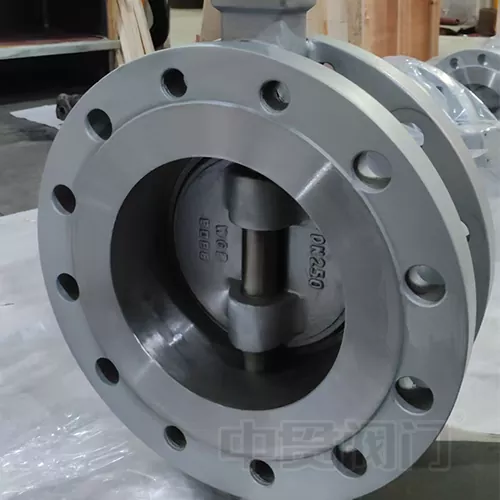Choosing the Right Butterfly Valve for Your Industrial Application
2025-05-19
When it comes to controlling the flow of liquids or gases, selecting the right butterfly valve is critical for system efficiency and reliability. While the basic function remains the same, butterfly valves come in various types, materials, and actuation options. Here's a guide to help you choose the best one for your needs.
Key Considerations When Selecting a Butterfly Valve
1. Application Type
Are you handling water, chemicals, oil, or gas?
What are the operating temperature and pressure conditions?
2. Valve Type
Wafer Type: Fits between two flanges; economical and lightweight.
Lug Type: Threaded inserts allow it to be bolted to flanges; ideal for dead-end service.
Flanged Type: Easier to install and remove; suited for high-pressure systems.
3. Material Compatibility
Body Materials: Cast iron, stainless steel, PVC, etc.
Disc Materials: Aluminum bronze, ductile iron, stainless steel.
Seat Materials: EPDM, PTFE, NBR depending on chemical resistance and temperature tolerance.
4. Actuation Method
Manual: Simple lever or gear-operated.
Electric: Suitable for remote and automated control.
Pneumatic: Fast operation using compressed air.
Hydraulic: High force applications.
5. Size and Pressure Rating
Ensure the valve size matches your pipe diameter and pressure class.

Tips for Maintenance and Longevity
Regular inspection and cleaning
Lubrication of moving parts
Timely replacement of seals
Avoid over-torquing during installation
Conclusion
Choosing the right butterfly valve involves understanding your application and matching it with the appropriate valve specifications. Investing in a high-quality, well-suited valve not only enhances system performance but also minimizes maintenance costs and downtime.


